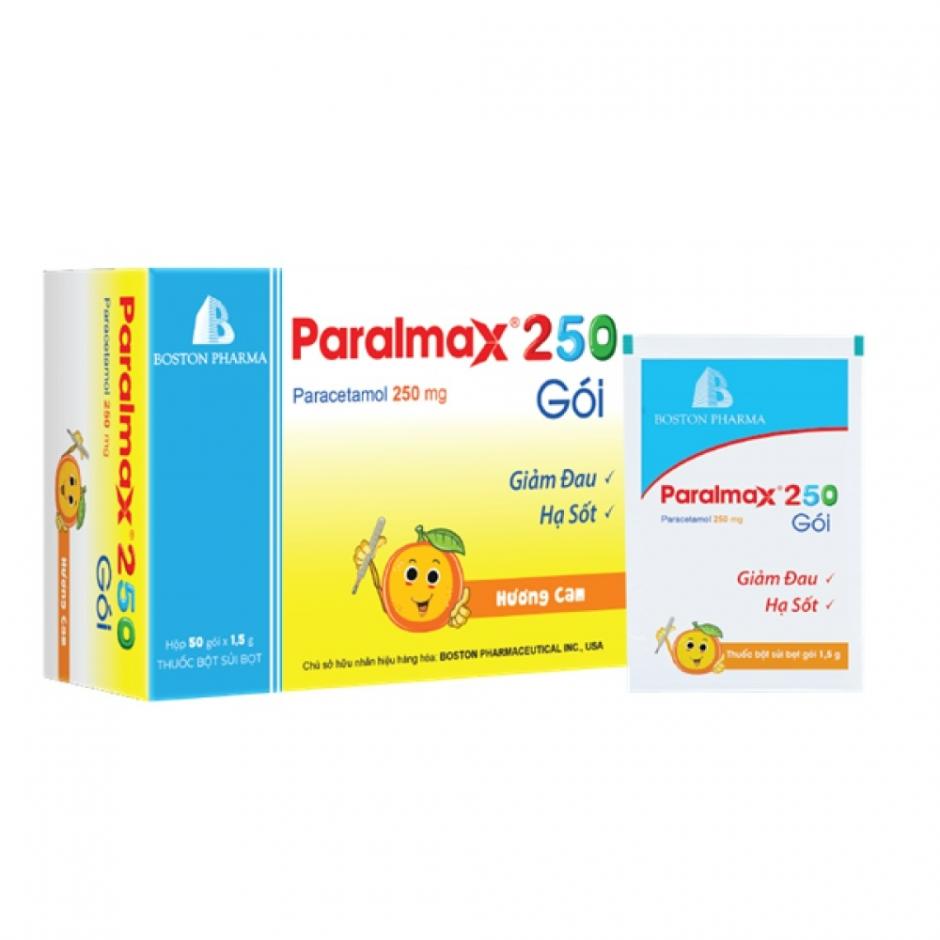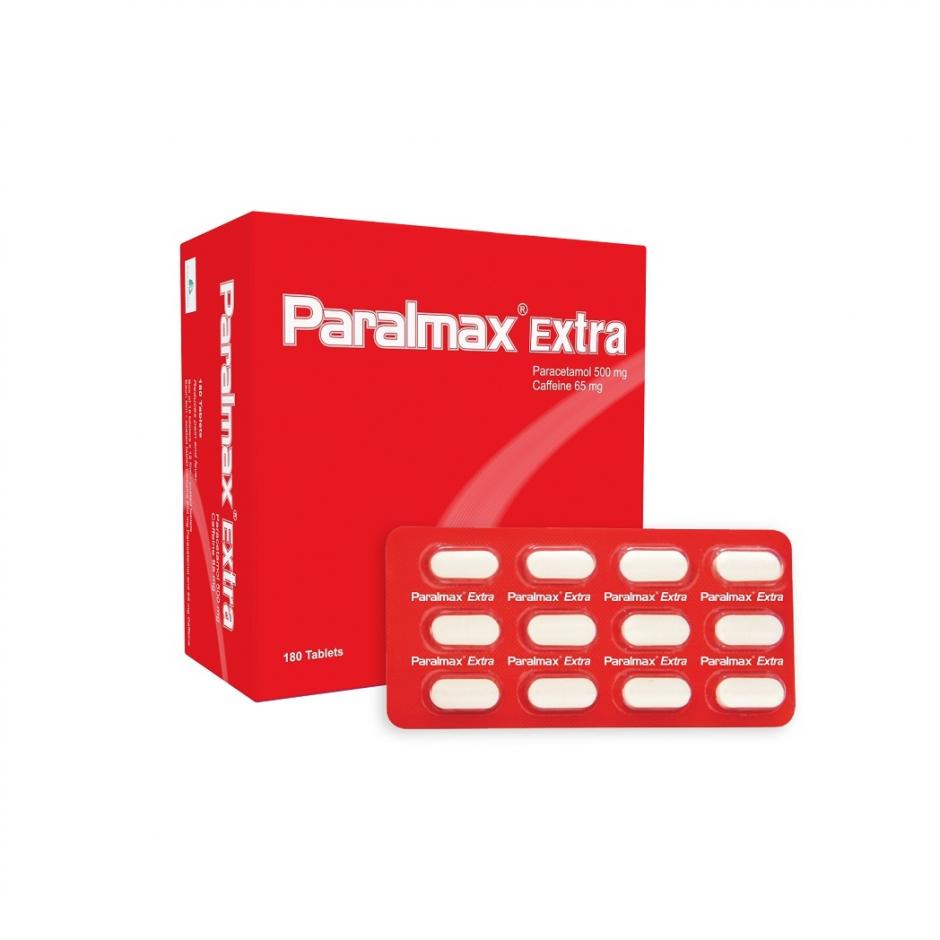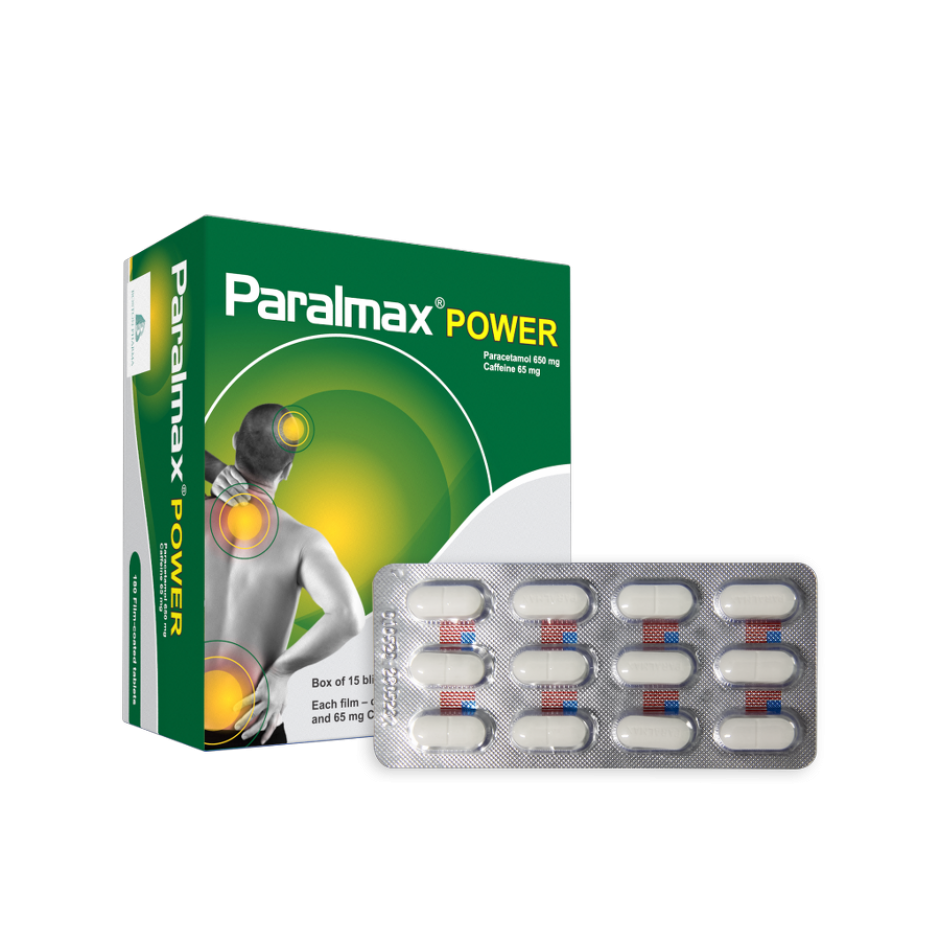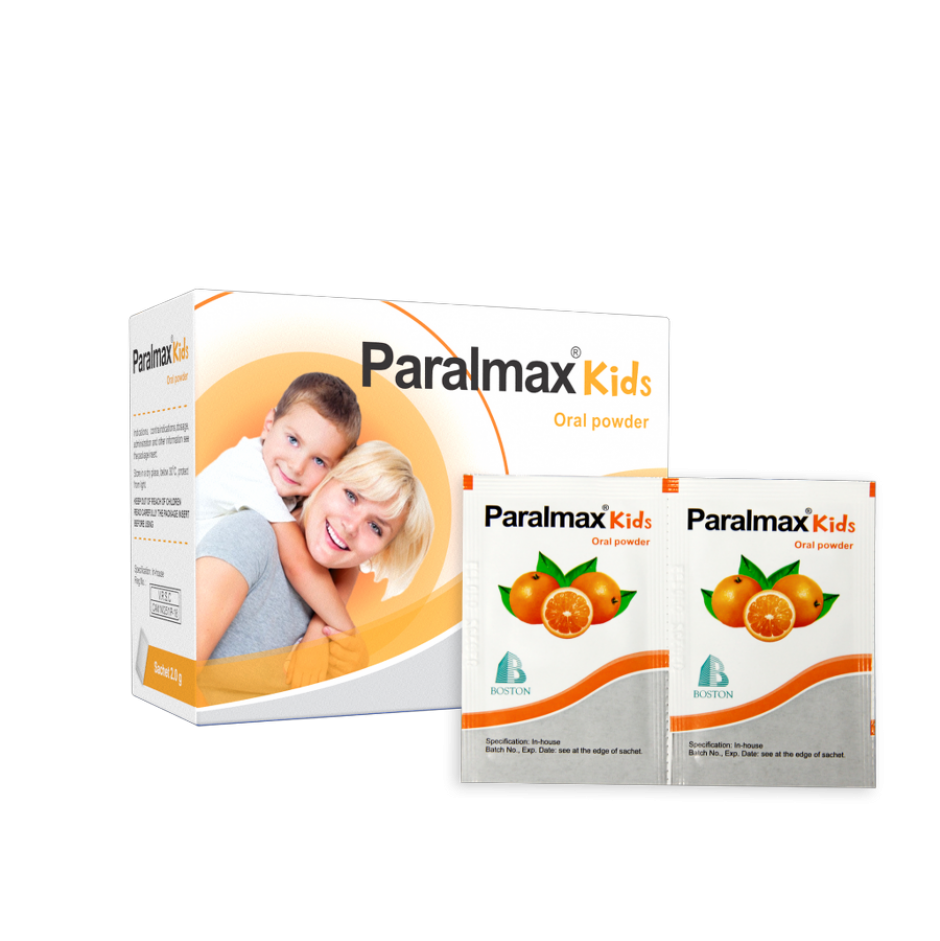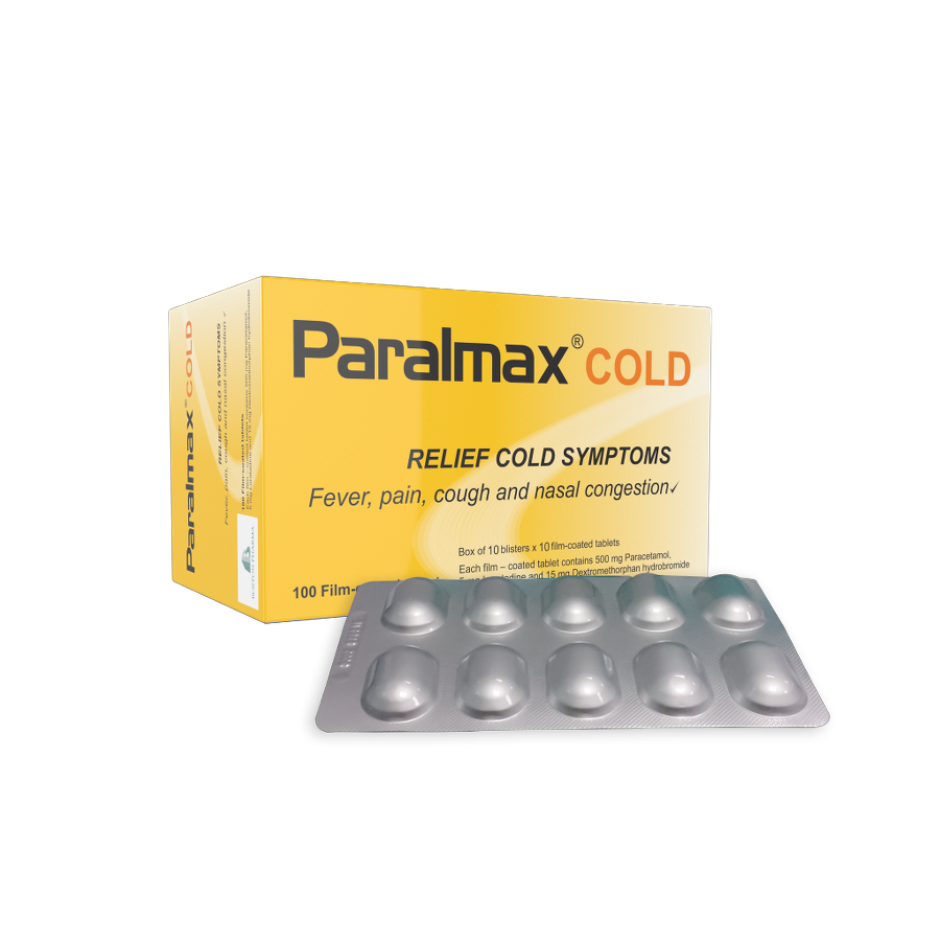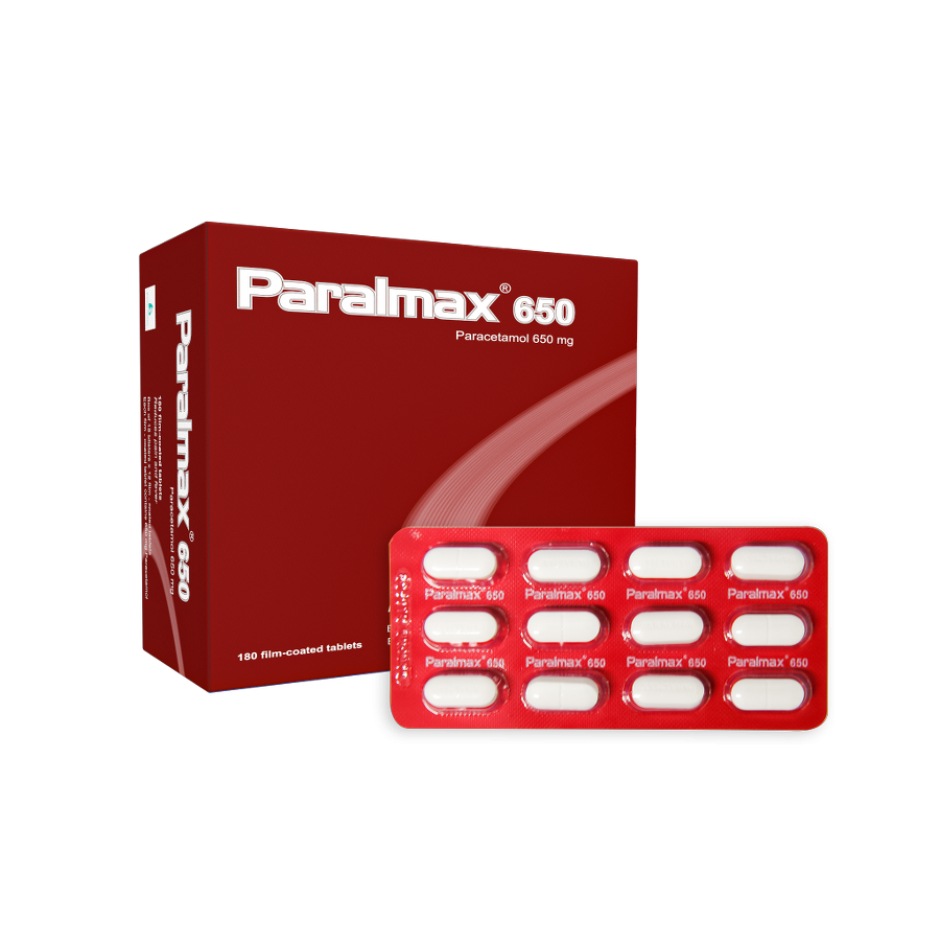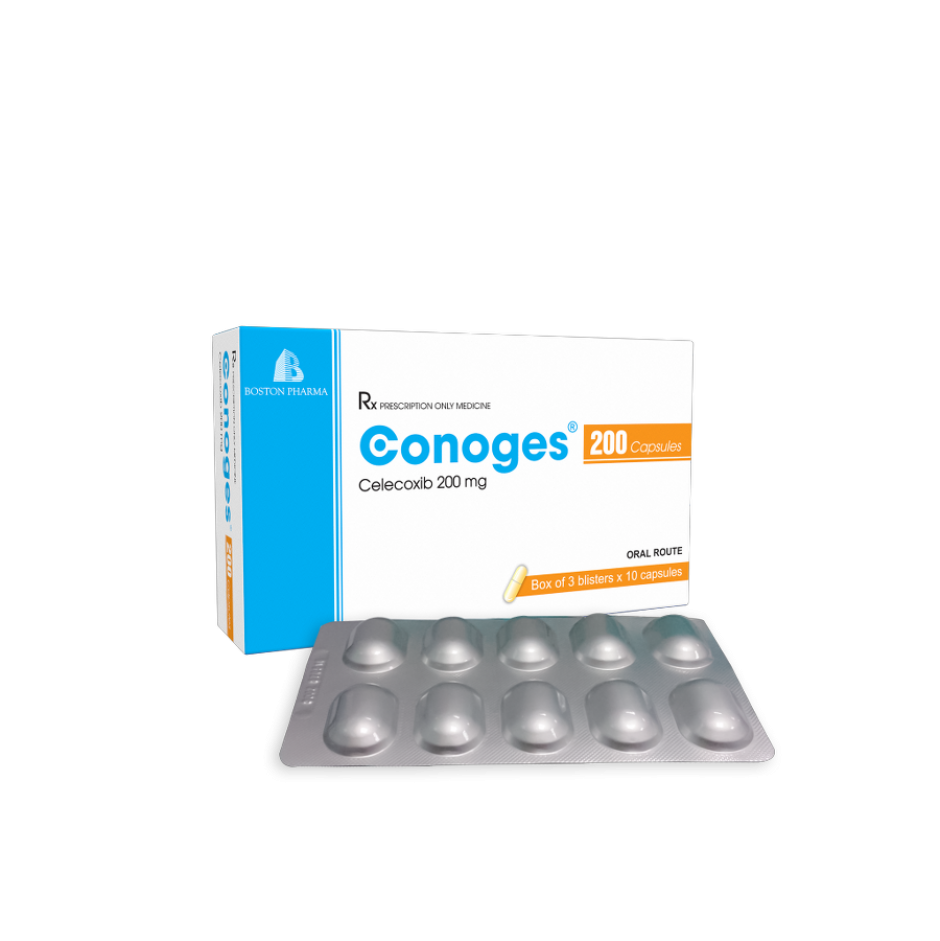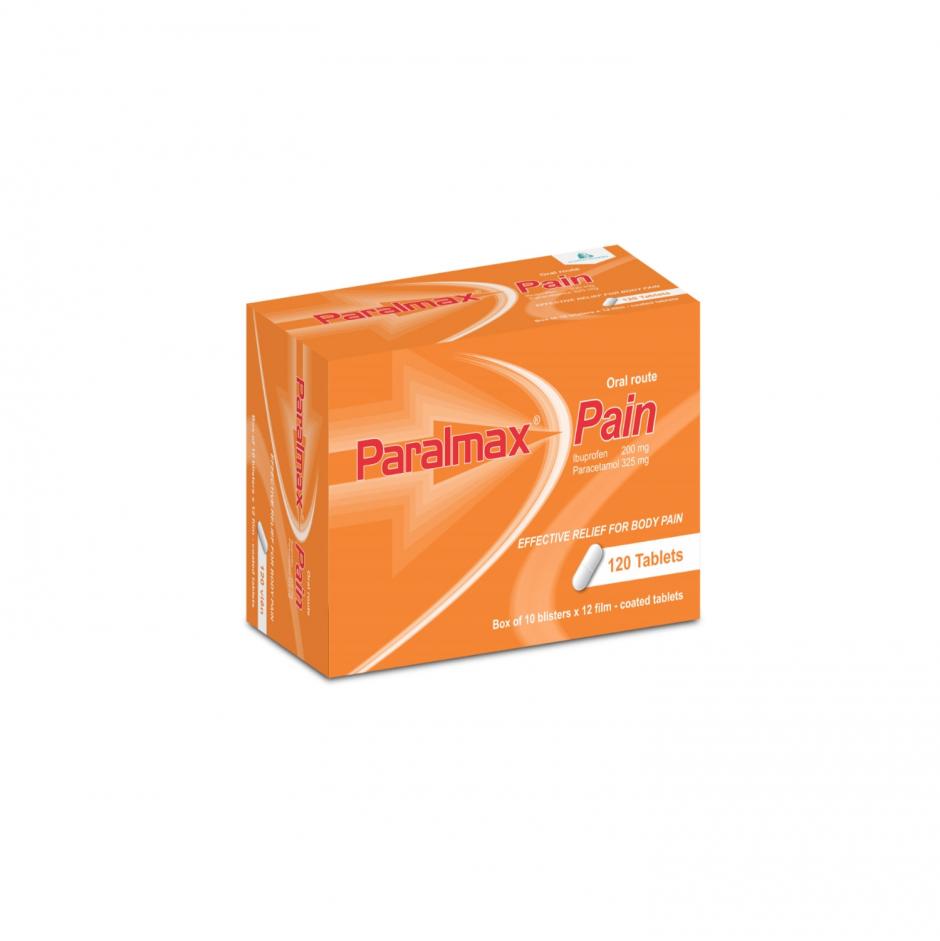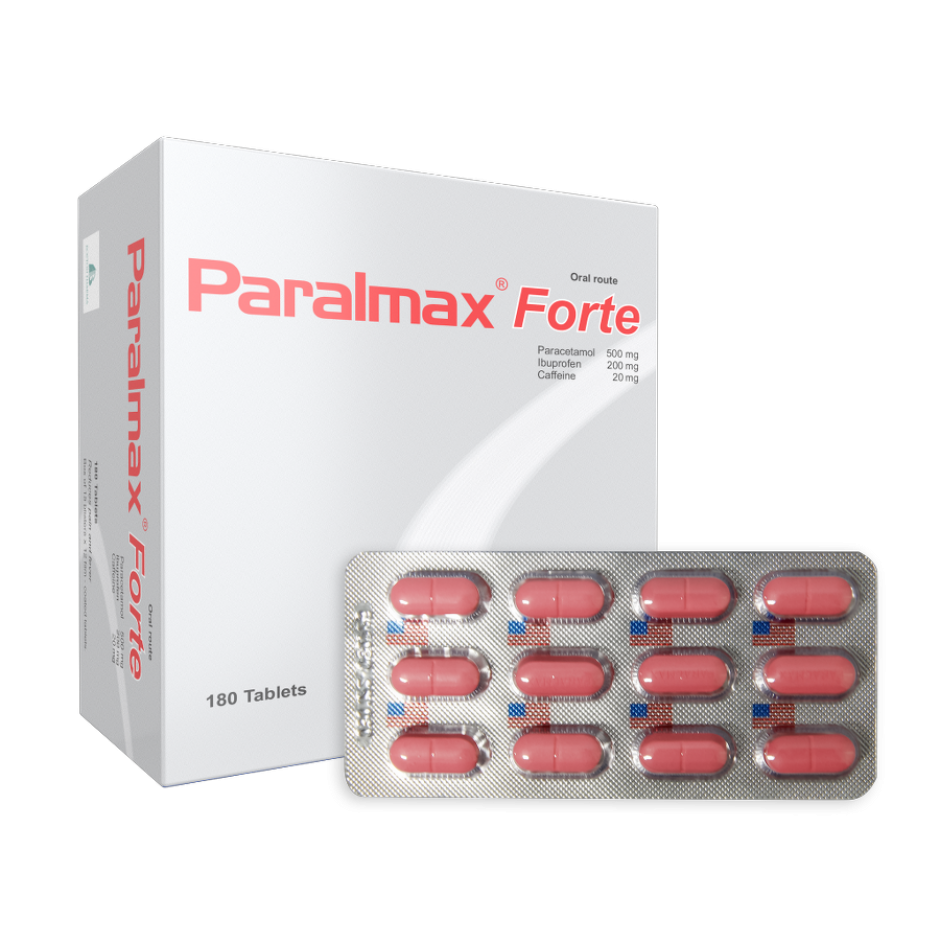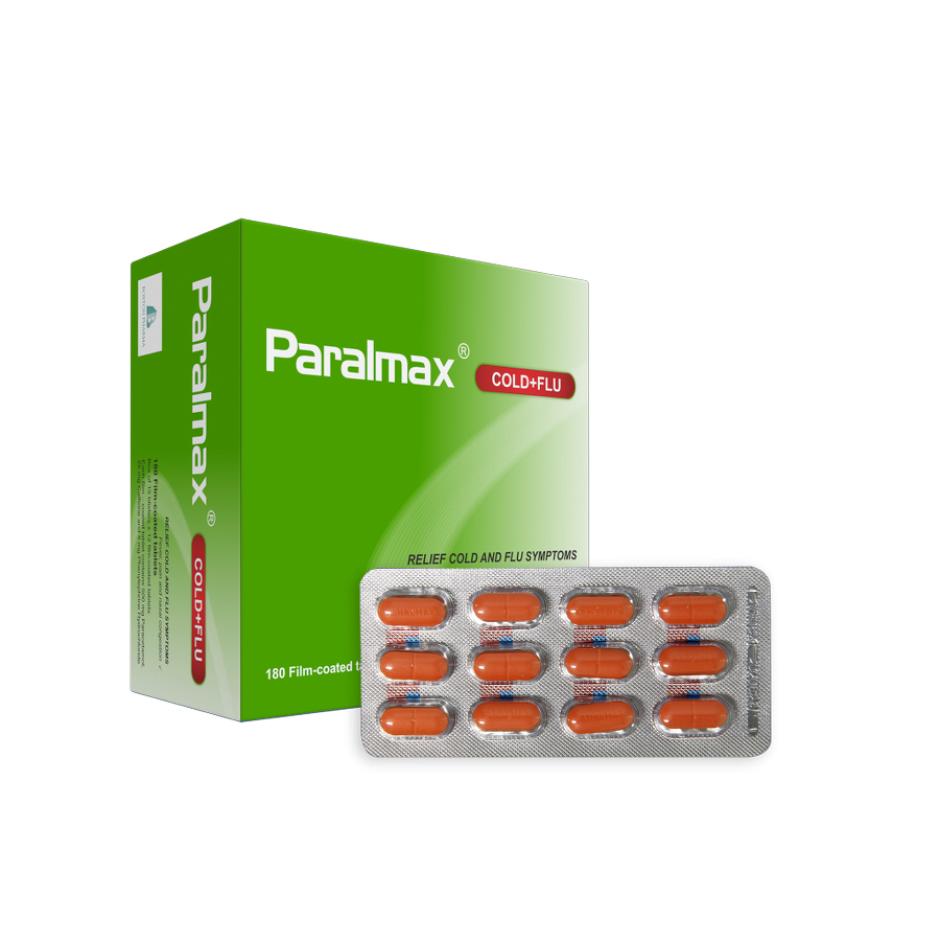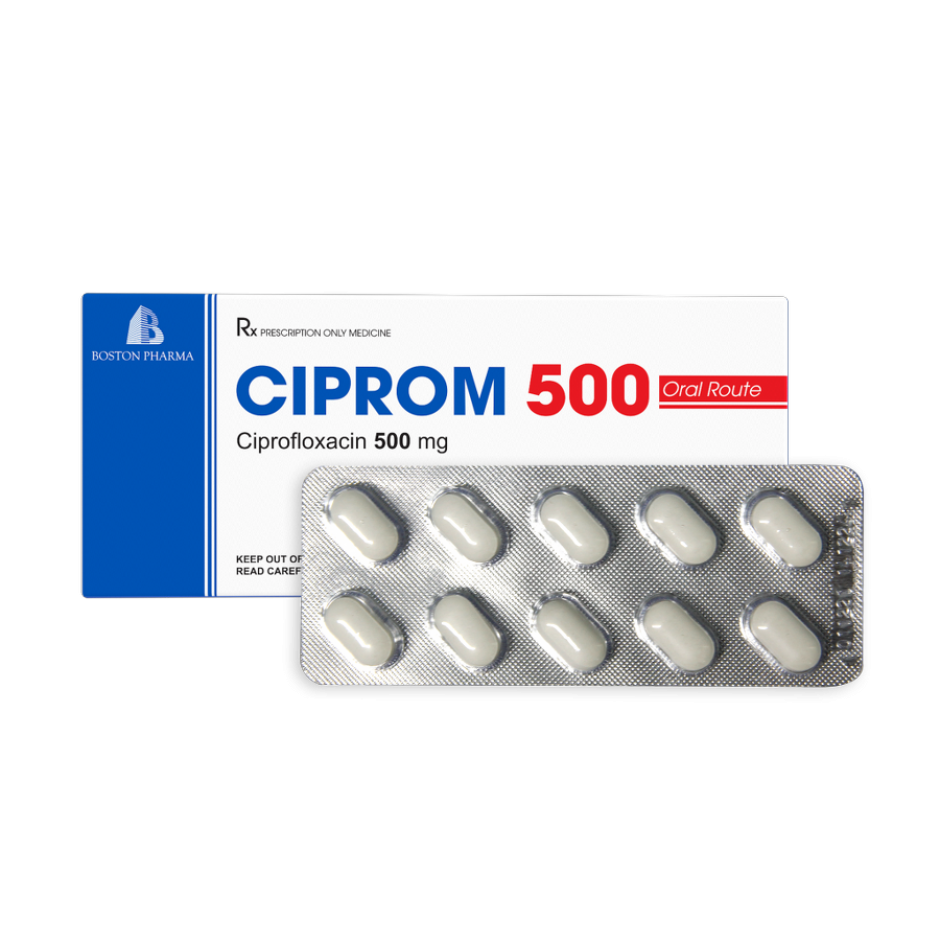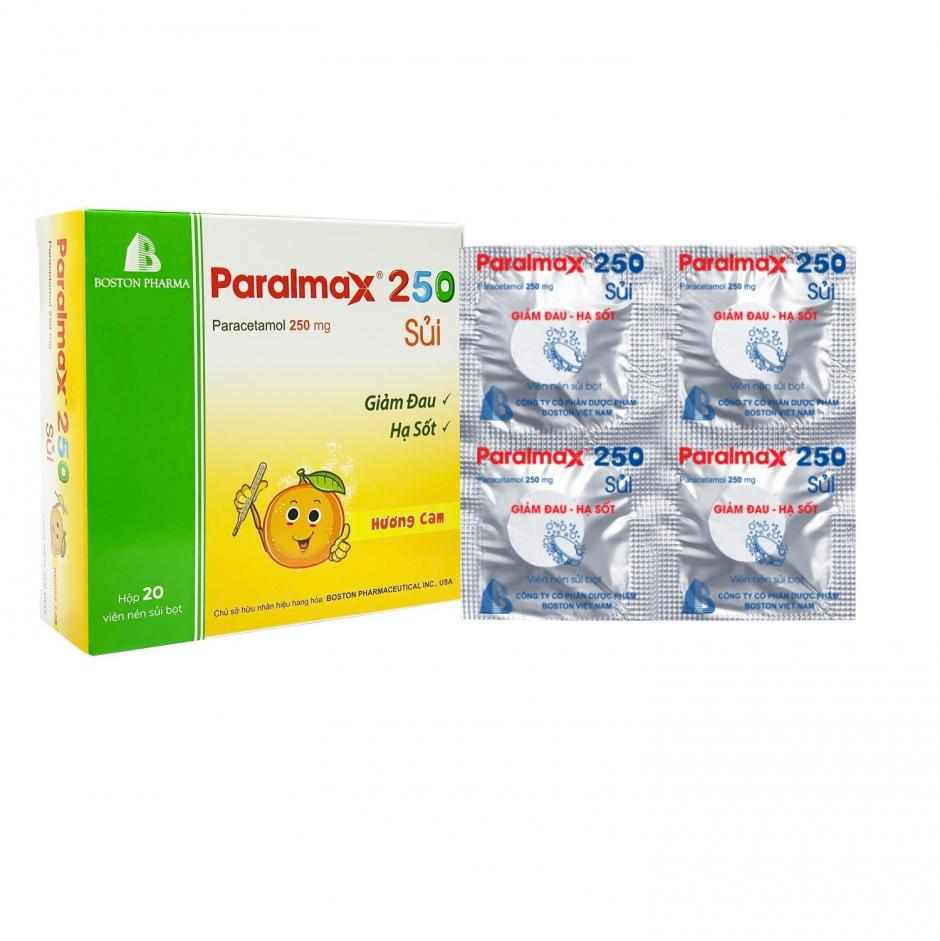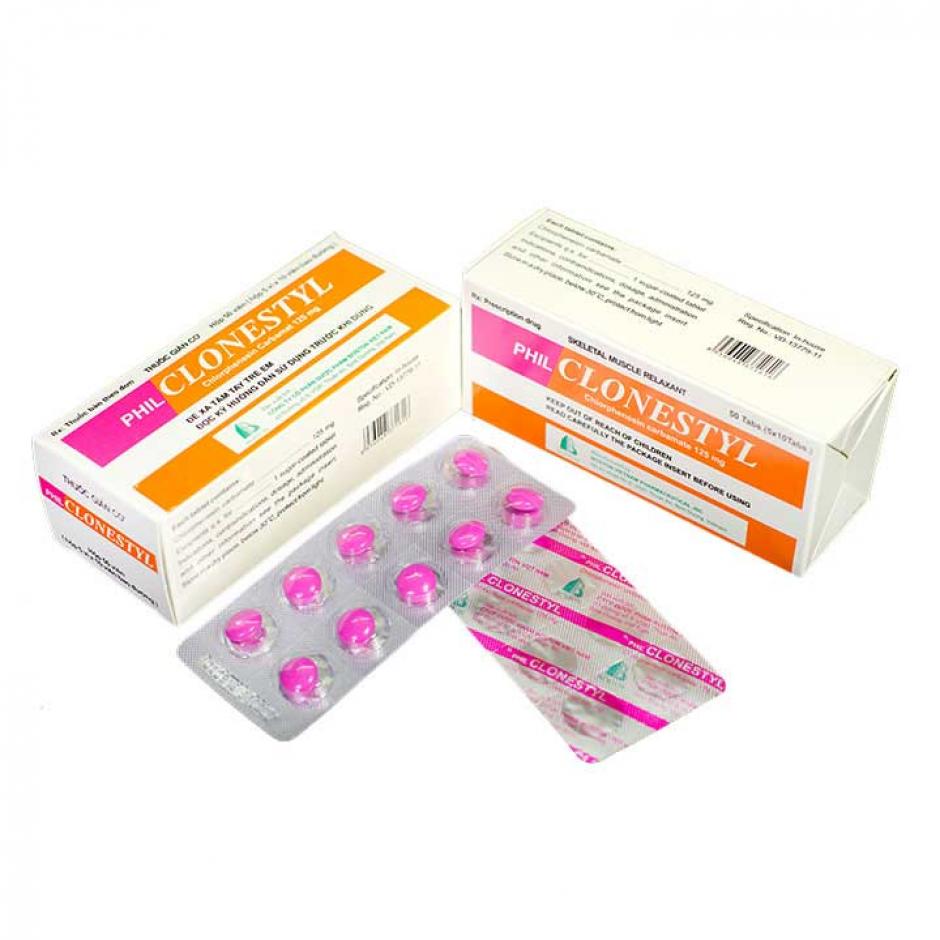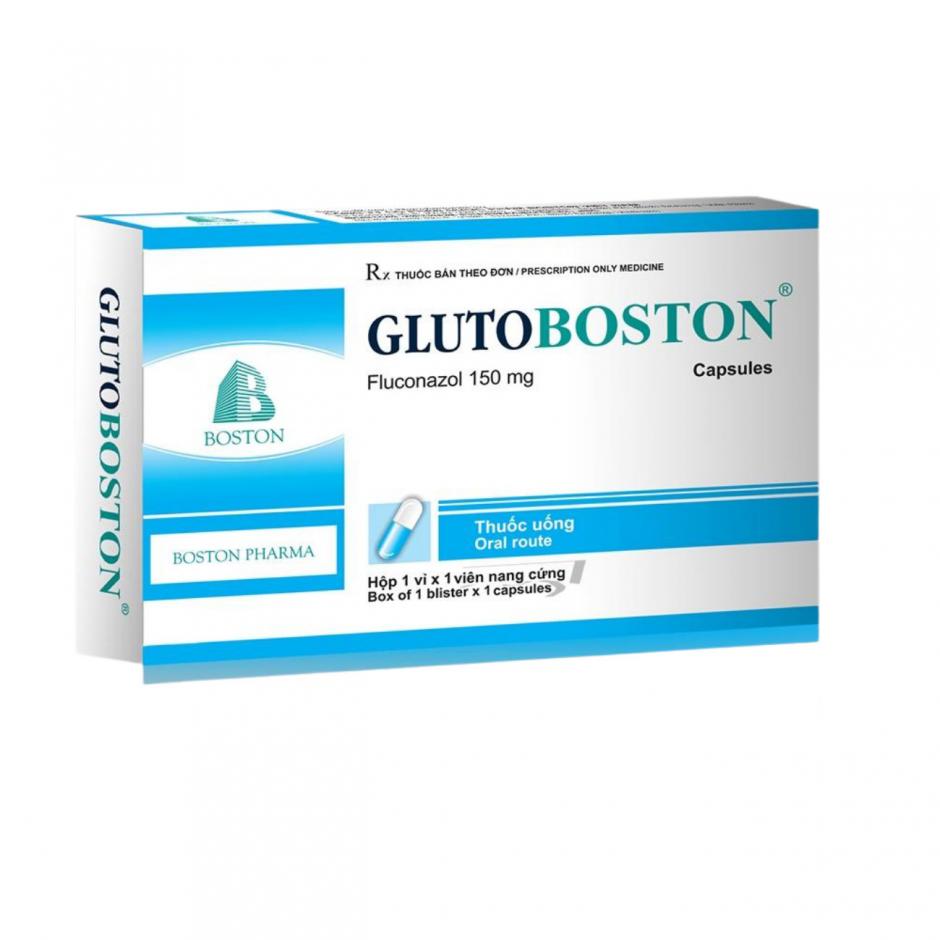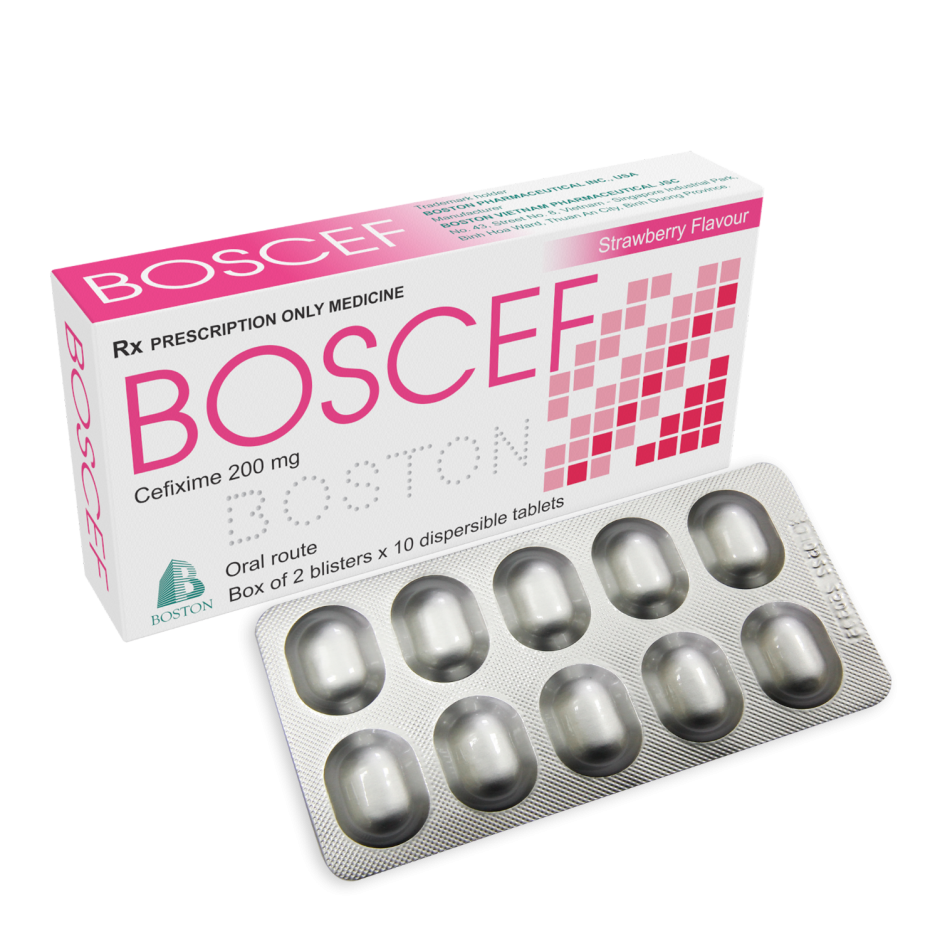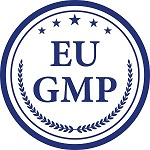DOSAGE
Adults and children over 12 years old: 1 – 2 tablets/time x 2 – 3 times daily, not exceed 6 tablets/day.
Children from 7 to 12 years old: 1 tablet/time x 2 – 3 times daily, not exceed 3 tablets/day.
ADMINISTRATION
PARAMETBOSTON FORTE is administered orally.
Contraindications
Hypersensitivity to paracetamol, methionine or any of the excipients.
Patients with hepatic impairment, renal impairment.
Patients with G6PD enzyme deficiency.
Patients who have acidosis.
Warnings and Precautions
Avoid co-administration with other drugs containing paracetamol.
Use with caution in alcoholism patients.
Do not use the product contains alcohol while taking medicine.
Doctors should alert to the patients about signs of severe skin reactions such as Stevens-Johnson syndrome (SJS), toxic epidermal necrolysis (TEN) or Lyell's syndrome, acute generalized exanthematous pustulosis (AGEP).
This medicine contains lactose. Patients with rare hereditary problems of galactose intolerance, the Lapp lactase deficiency or glucose-galactose malabsorption should not take this medicine.
Interactions
Paracetamol
Prolonged regular use of paracetamol with high doses.
+ The anticoagulant effect of coumarin and indandione derivatives may be enhanced.
+ Serious hypothermia when co-administered with phenothiazine.
+ Concurrent administration of paracetamol and alcohol, isoniazid, anticonvulsants (including phenytoin, barbiturate and carbamazepine) can increase risk of hepatic toxicity.
Methionine
Methionine is absorbed by activated charcoal so the effect of methionine may be decreased when methionine is given with activated charcoal.
Methionine reduces effect of levodopa in Parkinson treatment, especially with high doses of methionine.
Pregnancy and Lactation
This product should not be used during pregnancy and lactation. If needed, tell your doctor before using.
EFFECTS ON ABILITY TO DRIVE AND USE MACHINES
Because this product can cause drowsiness and reduce the ability to coordinate movements, patients should not drive or operate machinery.
Undesirable Effects.
Paracetamol
The following adverse reactions may occur, although rarely:
+ Rash and the other allergic reactions.
+ Neutropenia, thrombocytopenia and pancytopenia, hepatitis.
Methionine
Nausea, vomiting, drowsiness, irritability.
Overdose and treatment
Symptoms
Paracetamol
Symptoms of paracetamol overdosage in the first 24 hours are pallor, nausea, vomiting, anorexia and abdominal pain.
Liver damage may become apparent 12 to 48 hours after ingestion. Abnormalities of glucose metabolism and metabolic acidosis may occur. In severe poisoning, hepatic failure may progress to encephalopathy, haemorrhage, hypoglycaemia, cerebral oedema and death. Acute renal failure with acute tubular necrosis, strongly suggested by loin pain, haematuria and proteinuria, may develop even in the absence of severe liver damage. Cardiac arrhythmias and pancreatitis have been reported. Simultaneously, increased levels of hepatic transaminase (AST, ALT), lactate dehydrogenase and bilirubin are observed together with increased prothrombin levels that may appear 12 to 48 hours after administration.
Methionine
Methionine overdose may have symptoms as undesirable effects (nausea, vomiting, drowsiness, irritability).
Treatment
Paracetamol
Immediate treatment is essential in the management of paracetamol overdose. Despite a lack of significant early symptoms, patients should be referred to hospital urgently for immediate medical attention. Symptoms may be limited to nausea or vomiting and may not reflect the severity of overdose or risk of organ damage. Management should be in accordance with established treatment guidelines.
Treatment with activated charcoal should be considered if the overdose have been taken within 1 hour. Plasma paracetamol concentration should be measured at 4 hours or later after ingestion (earlier concentrations are unreliable). Treatment with N-acetylcysteine may be used up to 24 hours after ingestion of paracetamol, however, the maximum protective effect is obtained up to 8 hours post-ingestion. The effectiveness of the antidote declines sharply after this time. If required the patient should be given intravenous N-acetylcysteine, in line with the established dosage schedule. If vomiting is not a problem, oral methionine may be a suitable alternative for remote areas, outside hospital.
Management of patients who present with serious hepatic dysfunction beyond 24 hours from ingestion should be discussed with the NPIS or a liver unit.
Methionine
Specific treatment is not available for the overdose because methionine must be obtained through foods. If overdose occurs, the patient should be treated supportive.
STORAGE CONDITION
In a dry place, below 30°C, protect from light.
SHELF-LIFE
36 months from the manufacturing date. Do not use after the expiry date.
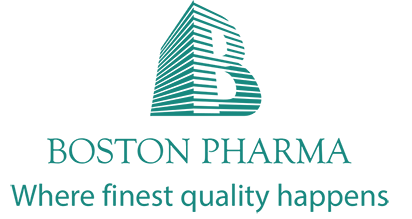


_parametboston_900x900.jpg)
